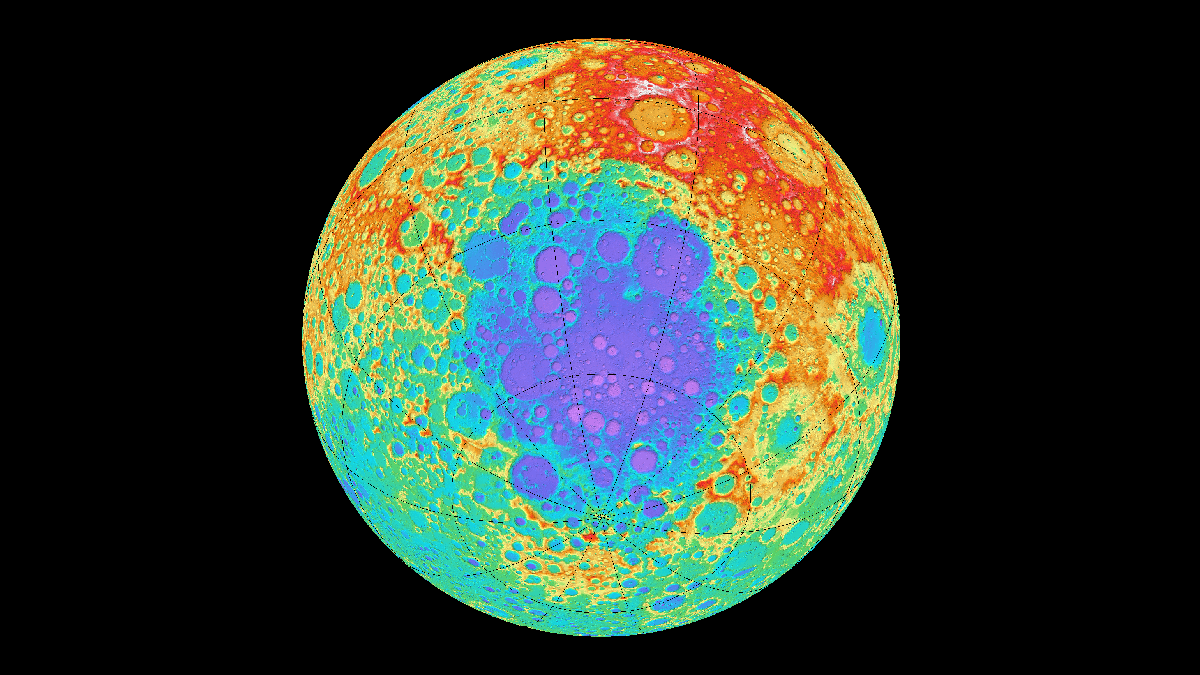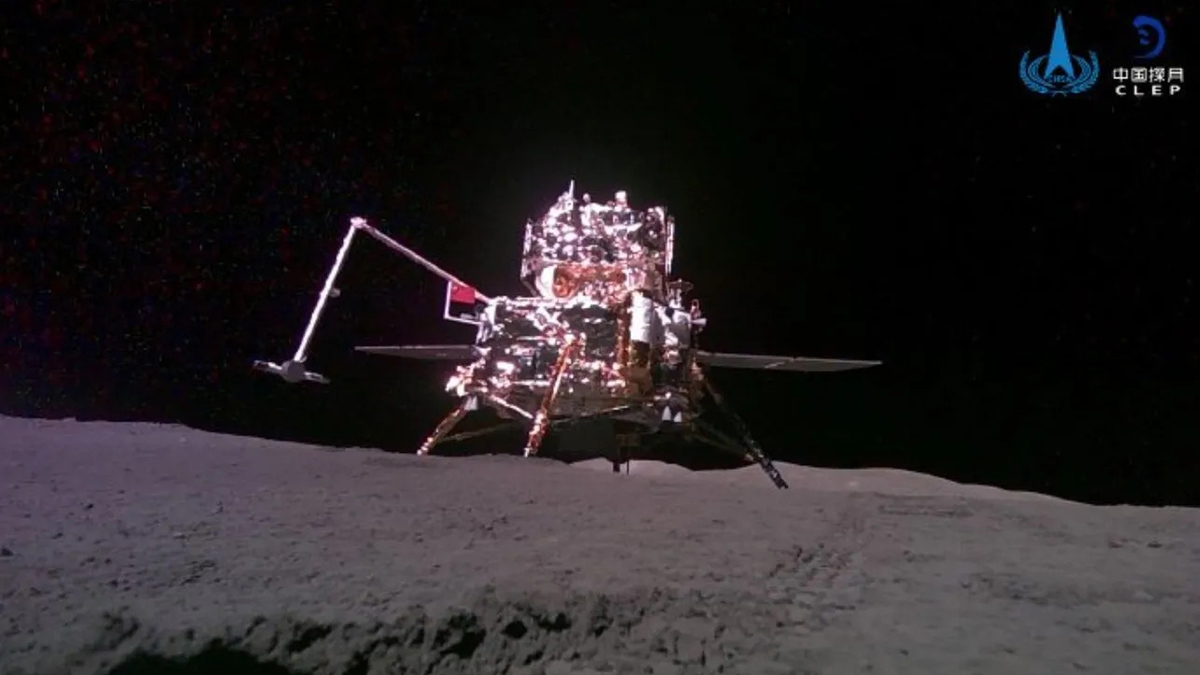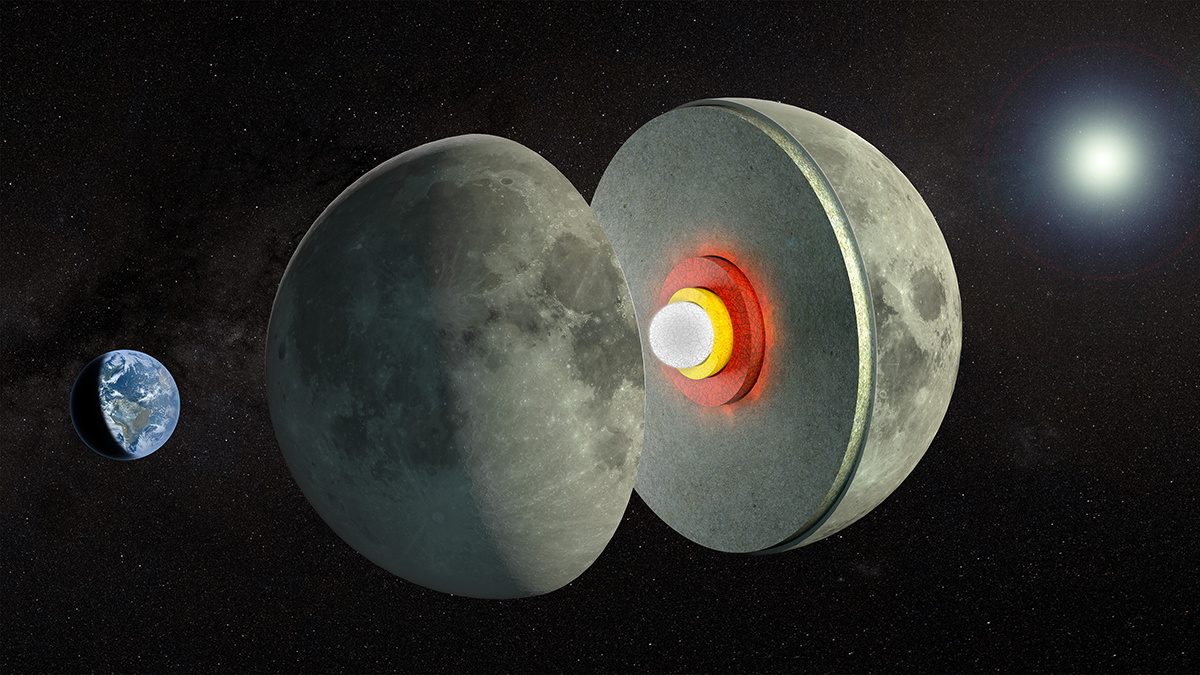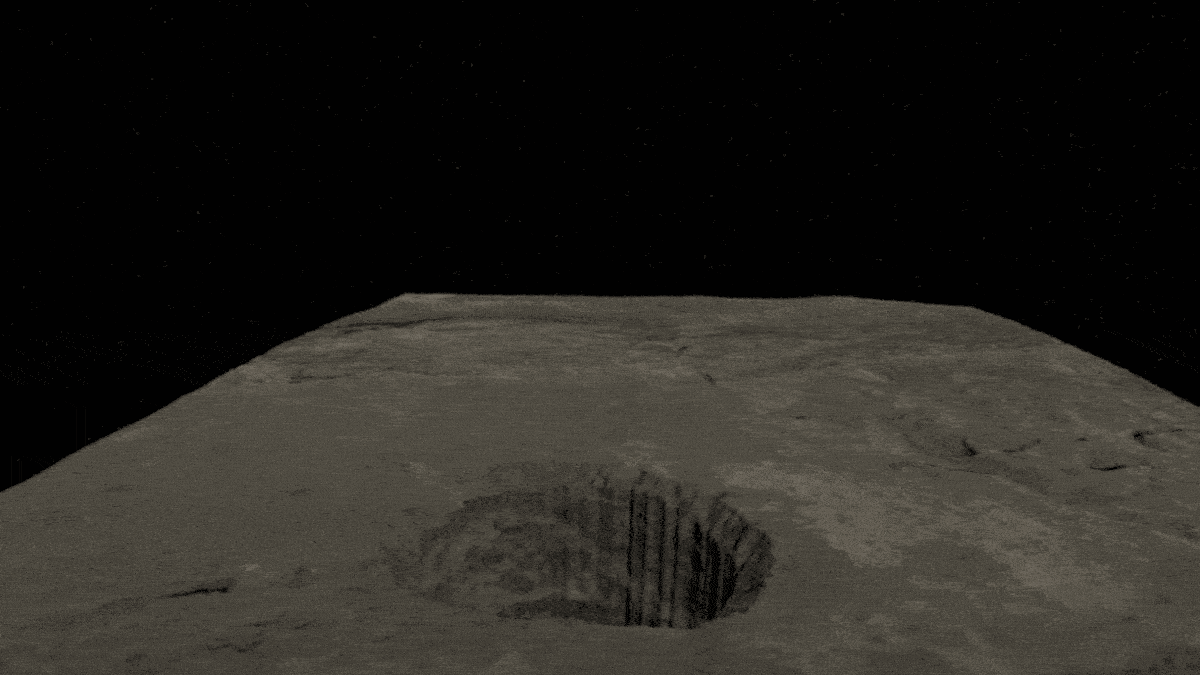Analysis has revealed the South Pole–Aitken basin is significantly older than other impact basins on the Moon, a finding that has implications for the evolution of the early solar system.
Moon
The Relatively Messy Problem with Lunar Clocks
Using Einstein’s theory of general relativity, physicists found that clocks on the Moon would run 56 microseconds faster than clocks on Earth. That finding will help future lunar missions navigate.
El pasado, presente y futuro de traer muestras extraterrestres
La obtención de muestras de cuerpos distantes del sistema solar ha revolucionado nuestra comprensión del cosmos y del lugar que ocupamos en él.
Timing the Global Expansion on the Moon
A new analysis of the relation between randomly oriented linear gravity anomalies and two large craters on the Moon implies that the gravity anomalies formed over a long period of time.
Fifteen Years Later, Scientists Locate a Lunar Impact Site
The impact crater from NASA’s LCROSS mission lies hidden in an eternally dark region of the Moon.
The Moon’s Tides Hint at a Melty Lunar Layer
New lunar gravity measurements support the idea that a partially molten mantle layer is sandwiched between the rest of the Moon’s mantle and its core.
The Origin of the Moon’s Thin Atmosphere Might Be Tiny Impacts
Minuscule meteoroids slamming into the lunar surface could be kicking up most of the atoms that make up the lunar exosphere.
New Moonquakes from Old Data
Almost 50 years after they were turned off, the Apollo seismometers still have secrets to reveal.
Lunar Lava Tube Revealed Beneath Collapsed Pit
The Sea of Tranquility is home to at least one lunar lava tube, which could preserve a pristine and unweathered record of lunar volcanism.










